
The Central Bureau issued a telegram July 10 for Astronomical Telegrams of the International Astronomical Union (IAU) announcing that a stream of dust from a potentially dangerous comet impacted Earth for a few hours last February 4.
"This particular shower happens only once or twice every 60 years," said Peter Jenniskens from the Search for Extraterrestrial Intelligence (SETI) Institute, Mountain View, California. "The stream of dust is always there, but quite invisible just outside of Earth's orbit. Only when the planets steer the dust in Earth's path do we get to know it is there."
Since last October, the SETI Institute has teamed up with Fremont Peak Observatory in San Juan Batista, California, and UCO/Lick Observatory just east of San Jose, California, in monitoring the night sky with low-light video cameras in an effort to map the meteor showers in the sky over the San Francisco Bay Area. They triangulate the meteor trajectories and determine their orbits in space.
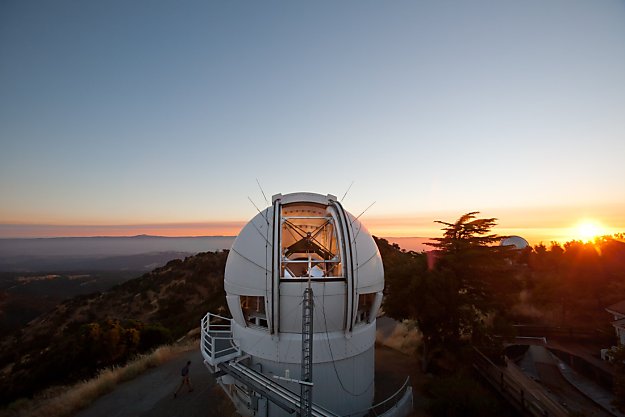
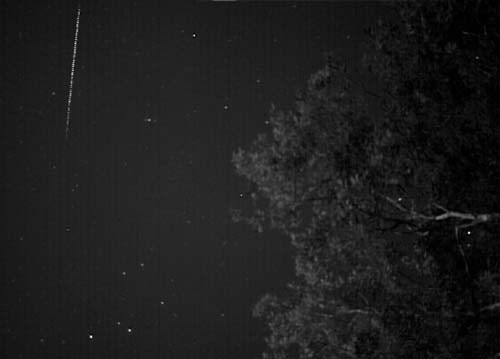
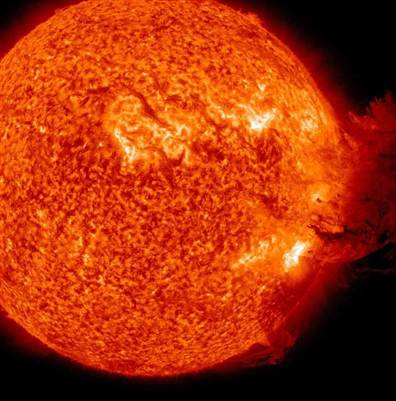
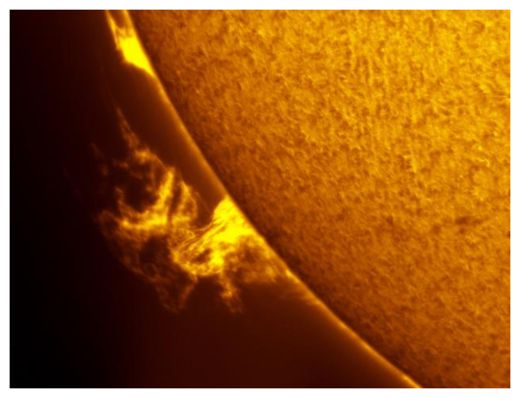
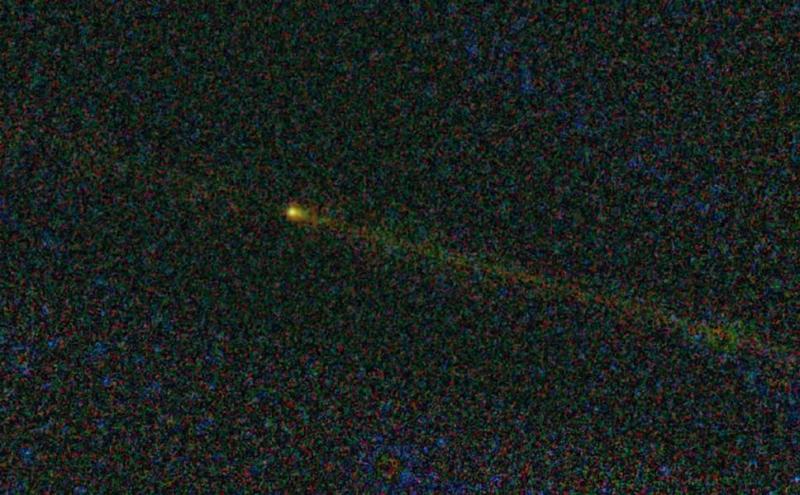
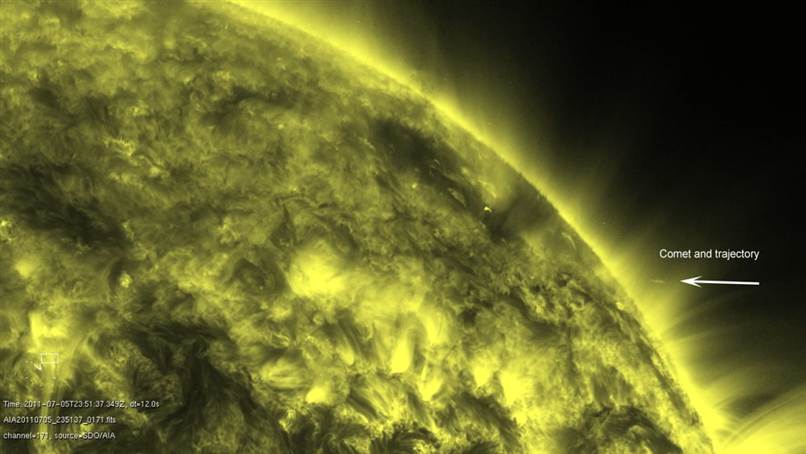
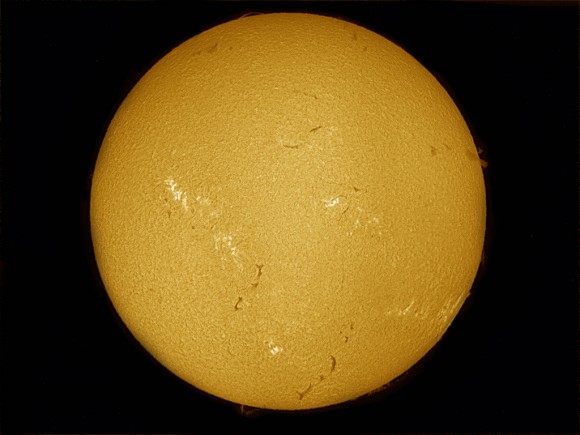




Comment: Indeed, the hysteria and lies surrounding comet Elenin are ridiculous, and could be dismissed as more "loony talk" if only the similar circus generated around comet Hale-Bopp 15 years ago hadn't led to tragic consequences. See Heaven's Gate mass suicide to understand where those pied pipers in the alt. community are leading the vulnerable.
It's an unfortunate fact that many people do have impressionable minds, easily influenced by paranoid fables bordering on the criminal. Some of them are also part of deliberately orchestrated COINTELPRO campaigns, which are intended to further muddy the waters. Read Elenin, Nibiru, Planet-X - Time for a Sanity Check article for some clarity on this mess.